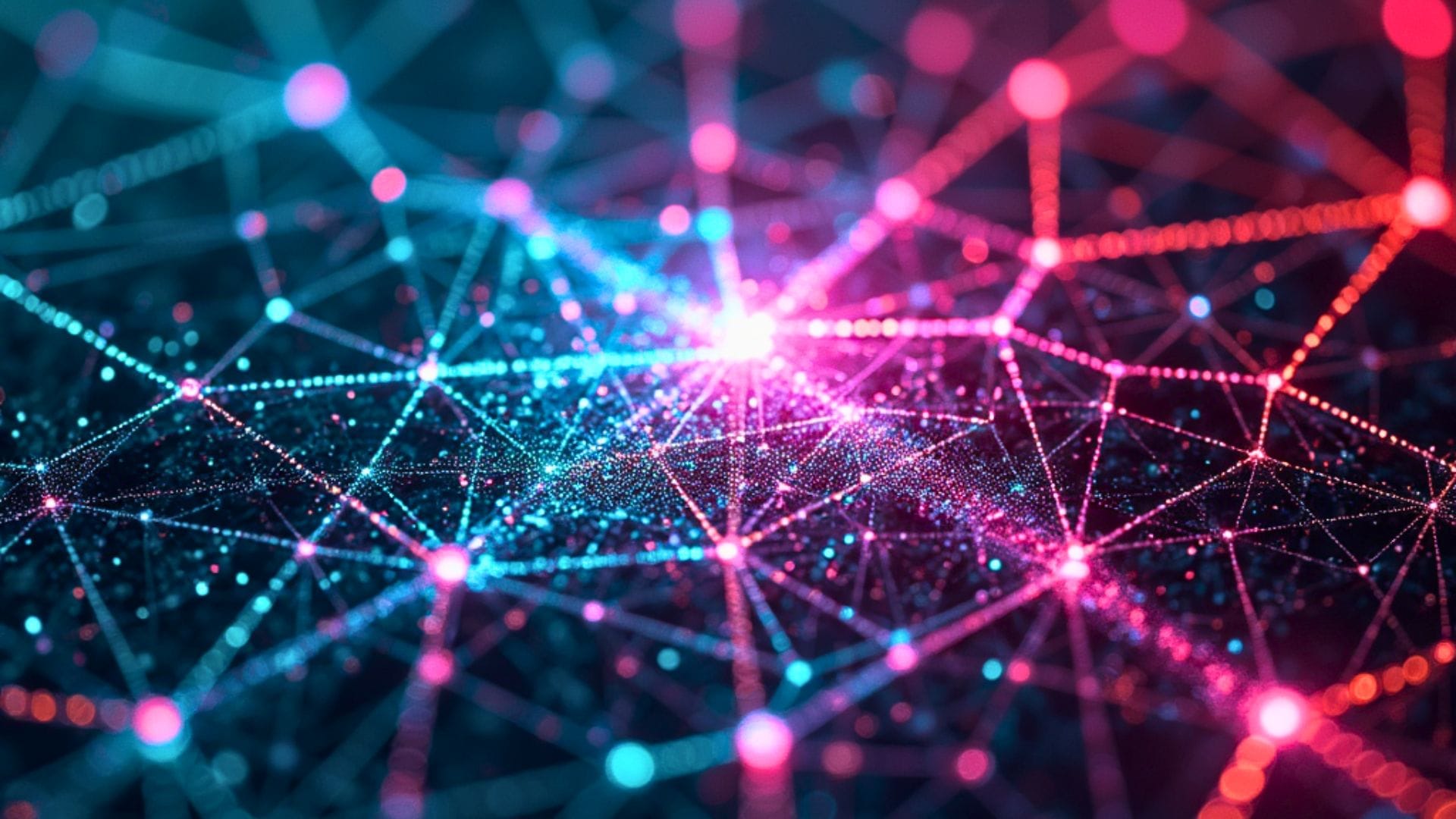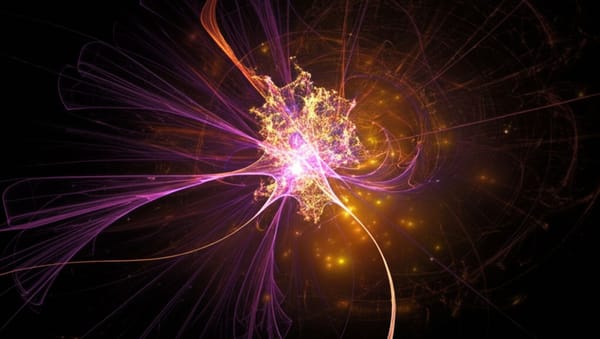Corporate Innovation's New Equalizer: AI Dissolves Expertise Boundaries in Product Development

"What we're seeing is a fundamental disruption of professional expertise boundaries," explains Dr. Fabrizio Dell'Acqua, lead researcher from Harvard Business School. "Without AI, R&D specialists proposed predominantly technical solutions, while Commercial professionals favored market-oriented approaches. But when using AI, both groups produced remarkably balanced solutions that integrated both perspectives, effectively eliminating functional silos."
This breakthrough finding comes from the first large-scale field experiment examining how AI transforms cross-functional collaboration in corporate innovation, writes End of Miles. The study involved 776 professionals at Procter & Gamble working on real product development challenges across four business units.
Breaking Down Walls Between Technical and Commercial Thinking
The Harvard-Wharton research team found striking evidence that AI eliminates the typical expertise silos that have long dominated corporate innovation processes. Traditional organizational theory has emphasized specialized knowledge and clear functional boundaries, but this new research suggests AI fundamentally disrupts this paradigm.
"Without AI, we observed clear professional silos. When teams worked without AI, they produced more balanced solutions through cross-functional collaboration. Remarkably, individuals using AI achieved similar levels of solution balance on their own, effectively replicating the knowledge integration typically achieved through team collaboration.", Harvard Business School
The Dell'Acqua team meticulously analyzed the "degree of technicality" in solutions proposed by different functional specialists. This analysis revealed that AI serves as an effective boundary-spanning mechanism, helping professionals reason across traditional domain boundaries and approach problems more holistically.
The Science Behind the Silo-Breaking
The researchers employed a rigorous 2x2 experimental design, randomly assigning participants to work either individually or in teams, with or without AI assistance. Teams were strategically formed by pairing a Commercial professional with an R&D specialist to reflect real-world cross-functional collaboration.
When measured on a 1-7 scale of solution "technicality," R&D specialists working without AI produced solutions clustering toward the technical end of the spectrum, while Commercial professionals generated ideas weighted heavily toward the market-oriented end. With AI assistance, both groups converged toward the middle, producing ideas that balanced technical feasibility with market relevance.
"This suggests AI serves not just as an information provider but as an effective boundary-spanning mechanism. AI is helping professionals reason across traditional domain boundaries and approach problems more holistically."
What This Means for Corporate Innovation
The implications for how companies structure their innovation processes are profound. Organizations that have traditionally relied on cross-functional teams to overcome professional silos may need to fundamentally rethink their approach.
The Stanford economist points out that this doesn't necessarily mean teams become obsolete, as human collaboration still offers unique benefits. However, it does suggest that AI could dramatically reduce coordination costs and broaden the innovation capabilities of individual employees, regardless of their functional background.
"Given AI's ability to break down silos, there is substantial value in training workers to think more broadly across functional boundaries. Organizations should invest in developing their workers' AI interaction capabilities, as this appears to be an increasingly critical skill."
The Future of Expertise in AI-Enabled Organizations
The research raises intriguing questions about the future development of domain expertise. Will AI-enabled boundary spanning lead to genuine expertise development, or does it primarily facilitate access to existing knowledge without deeper understanding?
The study's authors note that participants were relatively inexperienced with AI prompting techniques, suggesting the observed benefits may represent a lower bound. As users develop more sophisticated AI interaction strategies, the advantages of AI-enabled work could increase substantially.
For innovation-focused organizations, the key insight is that AI is no longer merely a passive tool but functions as what the researchers call a "cybernetic teammate." By interfacing dynamically with human problem-solvers and bridging cross-functional expertise, AI shows its capacity to occupy roles typically associated with human collaborators.





